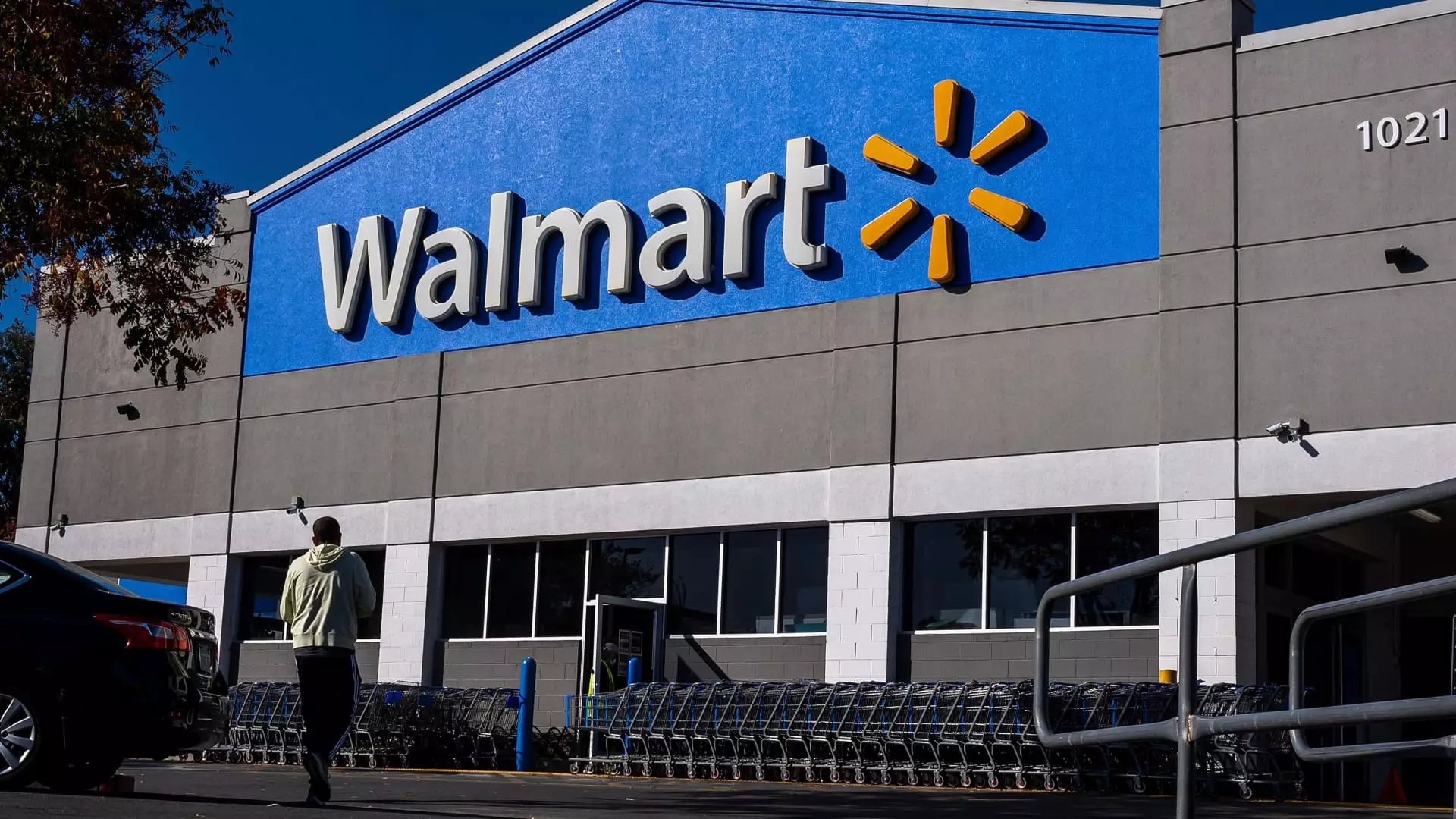Economic policies can significantly shape the landscape of retail, affecting not only corporations but also the everyday consumer. As the discussion around President-elect Donald Trump’s proposed tariffs gains momentum, the retail industry finds itself in a precarious position. Recent statements from key figures in major retail corporations highlight a growing concern over how these tariffs could disrupt the delicate balance of pricing that companies strive to maintain.
Walmart, a leading retailer in the United States, has publicly acknowledged that the imposition of tariffs could lead to rising prices for consumers. CFO John David Rainey emphasized the company’s commitment to maintaining “everyday low prices,” but acknowledged that this might become untenable if tariffs take effect. The nuances of pricing strategies in retail are starkly revealed in Rainey’s comments, as he indicated uncertainty about which specific products could be affected. This level of ambiguity surrounding the tariffs illustrates the complexities retailers face when navigating the ripple effects of government policy.
The sheer scale of Walmart’s operations complicates any analysis of pricing impact. Approximately two-thirds of Walmart’s inventory consists of goods produced domestically, which strategically cushions the company from immediate tariff repercussions. Nevertheless, even a fraction of foreign-sourced goods could lead to a price hike that affects consumer behavior. Rainey’s candid remarks regarding past experiences under a tariff regime signal that the company has been preparing for such economic trials for several years.
The concerns raised by Walmart echo throughout the retail sector. National Retail Federation CEO Matthew Shay described comprehensive tariffs as a de facto tax on American families, suggesting widespread implications for consumer spending and financial stability. This sentiment resonates strongly in a post-COVID environment where inflationary pressures have already begun to strain household budgets. Therefore, any additional financial burden stemming from tariffs could exacerbate existing vulnerabilities for many Americans.
Moreover, the implications of these tariffs are not limited to Walmart alone. Other retailers, such as E.l.f. Beauty, have also expressed apprehensions. CEO Tarang Amin highlighted the possibility of raised prices as a direct consequence of increased duties, indicating that the threat is widespread across various sectors. Additionally, footwear company Steve Madden has proactively adjusted its import strategies, planning to reduce its reliance on Chinese goods by up to 45%. This is a clear sign of the retail sector’s commitment to mitigating risk and defending profit margins in what could become a challenging economic climate.
Amidst these challenges, retail giants seem to be heeding the lessons of the past. Both Walmart and Lowe’s have taken steps to diversify their supply chains to reduce dependency on any single country, particularly China, known for its lower manufacturing costs. Such diversification is not merely a strategic maneuver but a necessity in a fluid global market shaped by tariffs and trade policies.
Lowe’s CFO Brandon Sink reiterated similar concerns regarding cost increases should tariffs be enacted. With around 40% of their merchandise sourced from outside the U.S., the company is preparing for potential volatility. Interestingly, while the immediate cost impacts are uncertain, the retailers assert their readiness to adapt as the situation evolves.
The retail landscape is contending with an uncertain future as proposed tariffs loom on the horizon. Industry leaders across sectors are preparing for a potential reality where cost-push inflation becomes a commonplace challenge, impacting consumer prices and shopping behaviors. Retailers are inclined to seek innovative solutions, collaboration with suppliers, and adjustments to product lines in an effort to maintain price stability.
Ultimately, as companies brace for the ramifications of tariff policies, the dichotomy between corporate strategies and consumer affordability highlights the critical balancing act at play in the retail industry. How retailers will adapt in the face of these pressures remains to be seen, but signs of preparation and adaptability suggest a thoughtful approach in navigating an unpredictable landscape. As the policy discussions continue, consumers will undoubtedly bear witness to the unfolding implications of these economic decisions.

